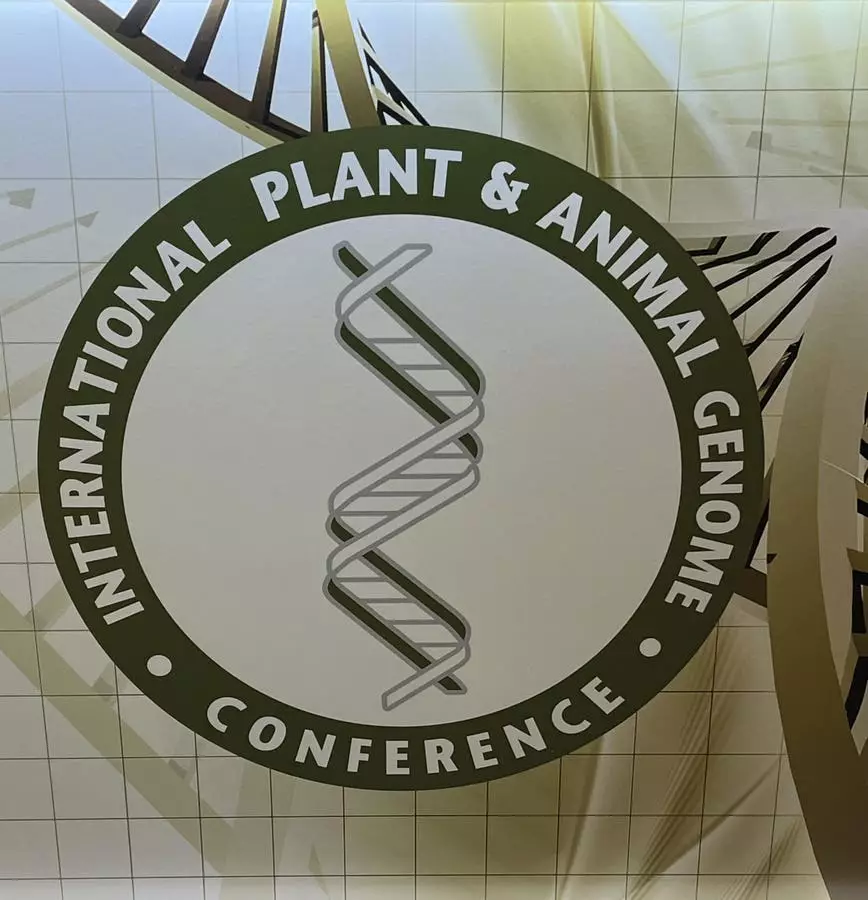From January 10th to 15th, 2023, San Diego hosted the 32nd Plant and Animal Genomics conference, which attracted nearly 2,400 participants from 65 different countries. This event stands as a testament to the rapid advancement in genomics—a field of science dedicated to deciphering the genetic makeup of organisms. At the heart of genomics lies the intricate analysis of DNA, which serves not only to unveil the origins and relationships of genes but also to explore their functions. Participants of this conference were greeted with a diverse array of speakers, presentations, and workshops, showcasing the technological advancements that have the potential to revolutionize agriculture and medicine.
The field of genomics extends far beyond academic inquiry. It paves the way for tangible applications, particularly in industries ranging from healthcare to agricultural biotechnology. Significant investments in genomics technologies have precipitated a decrease in costs, making these innovations far more accessible than they were just a few years ago. Consequently, this affordability has catalyzed a surge in research opportunities in the realms of plant and animal science.
A pivotal advancement highlighted during the conference revolved around DNA sequencing technology. The once monumental effort of the Human Genome Project, which took 13 years and cost approximately $3 billion to complete, is now matched in speed and efficiency by modern companies like Illumina. They can sequence a human genome in just days for under $200. Another company, Ultima, has engineered a remarkable sequencing machine; it employs mass-produced silicon wafers to decode up to 8 billion DNA sequences simultaneously, achieving a price point as low as $100. Such progress underscores the dramatic transformation the industry has undergone in a short span.
The vitality of the genomics sector was vividly illustrated by the numerous job listings plastered across bulletin boards within the conference center. The event also comprised seven plenary sessions and over 200 scientific presentations, along with workshops that fostered industry connections and innovation. The extensive exhibition hall, filled with booths showcasing cutting-edge technology and research, indicated a flourishing industry that extends beyond traditional agricultural markets. No longer confined to massive agribusinesses, genetic analysis and project developments are now within reach for smaller startups and research institutions, democratizing access to powerful tools for genetic enhancement.
Research explored during the conference encompassed various crops, including complex and specialized ones like wheat and tropical fruit such as mangoes and pomegranates. The discussions were not limited to genetic advancements but also spanned essential topics such as climate adaptation in agriculture, emphasizing the integral role of modern genetics.
Within the toolset of modern genetics lie three innovative approaches to crop enhancement: Marker Assisted Breeding (MAB), Genome Editing, and the development of Transgenic Crops. MAB harnesses traditional breeding techniques but refines the process by identifying desirable traits at the seed level, facilitating the selection of superior genetic combinations without the need for lengthy generations. This is especially advantageous for perennial crops that require extensive cultivation periods before yielding results.
Genome Editing provides an avenue for precise modifications within an organism’s DNA, allowing researchers to switch genes on or off without introducing foreign genetic material. This methodology holds promise for creating crops with enhanced resilience and productivity. Additionally, Transgenic Crops represent a critical innovation, enabling the incorporation of beneficial traits that would not be achievable through traditional methods.
One of the pressing topics during the conference included the regulatory environment surrounding these genetic advancements. The regulatory landscape is often convoluted, differing by process and geographical location, thereby complicating the commercialization of genetically modified crops. In the United States, a structured approach exists for all genetic modification methods, with agencies such as USDA, EPA, and FDA actively engaging with crop developers to streamline the review pathway.
However, the international regulatory terrain remains fraught with discrepancies. While MAB approaches face minimal barriers, Genome Editing’s acceptance varies, particularly in significant markets like the EU, where Transgenic Crops encounter rigorous scrutiny. The irony is stark: after nearly five decades of cautious research and stringent regulatory oversight, the absence of cohesive international regulations and brand protectionism limits the vast potentials that modern R&D could unlock.
Looking forward, the advancements in genomics promise substantial contributions towards climate adaptation and fulfilling the global demand for food security. As the scientific community embraces these technologies and navigates the accompanying regulatory challenges, the potential for enhanced sustainability in agriculture becomes increasingly attainable. The insights gained from the recent Plant and Animal Genomics conference lay the groundwork for future innovations that could address pressing challenges in food production and environmental sustainability, highlighting the importance of continuing collaboration across disciplines and borders.


Napsat komentář